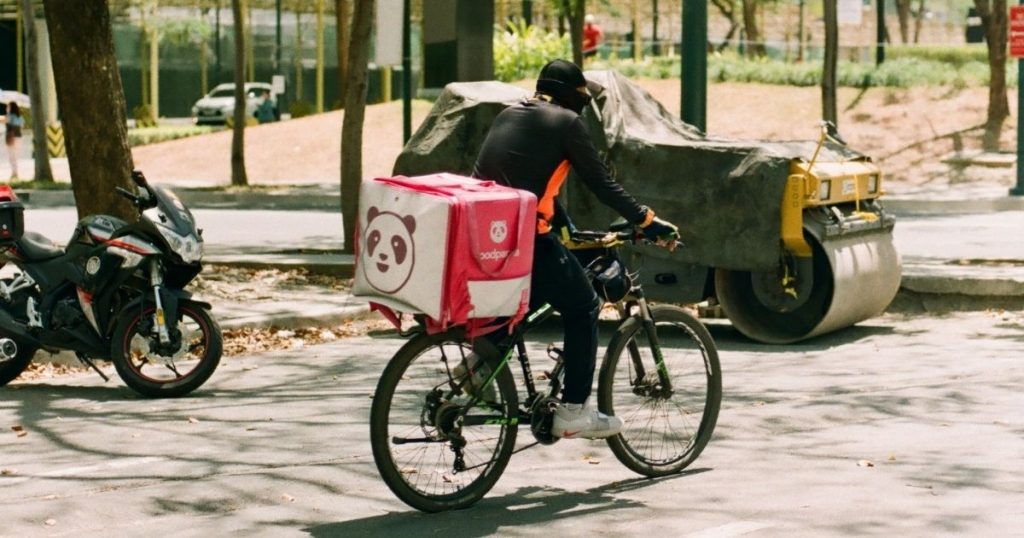There has been a lot of discussion about the pandemic and the externalities it has caused. One of these results is the exponential growth of digital adoption and its impact on e-commerce. For context, 36% or 1 in 3 digital consumers in Southeast Asia (SEA) are new to e-commerce platforms, a statistic especially true in the FoodPanda’s case.
As MBA students taking the Platform Strategy course taught by Prof. Melati Nungsari, Assistant Professor of Economics at ASB, we had the opportunity to listen to the Sayantan Das, Managing Director (Malaysia & Brunei), for FoodPanda, share about FoodPanda’s culture and plans to understand what makes them unique and successful, as part of a guest lecture during the course. Read on for some takeaways during this talk:
The importance of customer onboarding and customer insights
One of the reasons FoodPanda has so many new users is because the platform is reaching new regions where they were not present before and where they are often the only player in the market. What are the implications of this? Many. For example, it requires thinking about how to position a brand which many people have not heard of and do not associate with food delivery.
In non-metro areas, many of the customers are non-digital natives, so the expansion of the company begins with the education of the users. FoodPanda is closing the entire cycle, working on simplifying the user experience, and keeping people engaged by interacting with their daily lives, whether it’s ordering food, shopping or simplifying payments, for example. With these complete strategies, “59% of our new customers have come from non-metro areas, said Sayantan.
Also, customers are the center of FoodPanda’s development, so the company constantly evaluates how the experience with the platform went, and the team aims to measure how helpful the service was. This company is creating meaningful experiences, iterating to drive stickiness of the product, and constantly trying to ensure that customers are actually getting the most of every interaction.
For everyone time is important, but for FoodPanda, it’s the core
Another effect of the global pandemic and how it restricted people’s movement is the increase of the hours spent online per day. According to Sayantan, in Malaysia, an average user spent 3.7 hours per day on digital platforms before the pandemic; however, with the new reality, they are spending 4.8 hours on average. For FoodPanda, customers’ time is an invaluable currency, and they really appreciate their users’ attention.
This is why they regularly analyze which screens the customers are browsing in the app and how in general, customers are spending time on the platform. This data-driven approach allows them to focus on developing the best solution to save the user’s time. This delivery company is working hard to make the best use of time as a currency, while simultaneously keeping customers engaged.
What makes FoodPanda unique and allows them to grow fast?
Eating is an activity that we do, more or less, around 120 times per month, assuming we eat an average of four times a day. Knowing this, FoodPanda didn’t want to be only a prepared food delivery platform, but the “Go-to” APP when it comes to food delivery and quick commerce. By using the logistics fleet they have built over the years focused on food aggregation, from prepared food to groceries.
The expansion also implied a market testing strategy in which FoodPanda launched in cities with extreme numbers of inhabitants (including cities with a population of less than 2,000 and cities with more than 50,000), to evaluate how these markets perform with the same services portfolio. The learnings? In terms of the expected order volumes, both groups performed as expected.
However, it’s important to highlight that in the smaller cities, FoodPanda became a source of entertainment. This happened because they don’t have many of the entertainment sources that we usually associate with fun in a big city. This new platform empowered the inhabitants to be part of something bigger, and made them feel included in this whole technology movement.
With all the insights learned after the market testing strategy mentioned above, the trend and results obtained, FoodPanda decided to execute its operation in all the cities with population sizes between the range they tested with, regardless of the population size or the type of inhabitants there. After launching with this disruptive market strategy, FoodPanda conducted further studies to understand its users in detail.
They learned that in metro cities, users are looking for convenience and value, which means productivity (“less time spent on going out and driving -> finding parking -> getting groceries -> looking for the food…” However, in non-metro cities, the benefit for the user is in the access to products and services. In Sayantan’s words, FoodPanda “is in the business of making your time worthwhile, in the business of delivering time.” In short, life is precious, so make it count!






